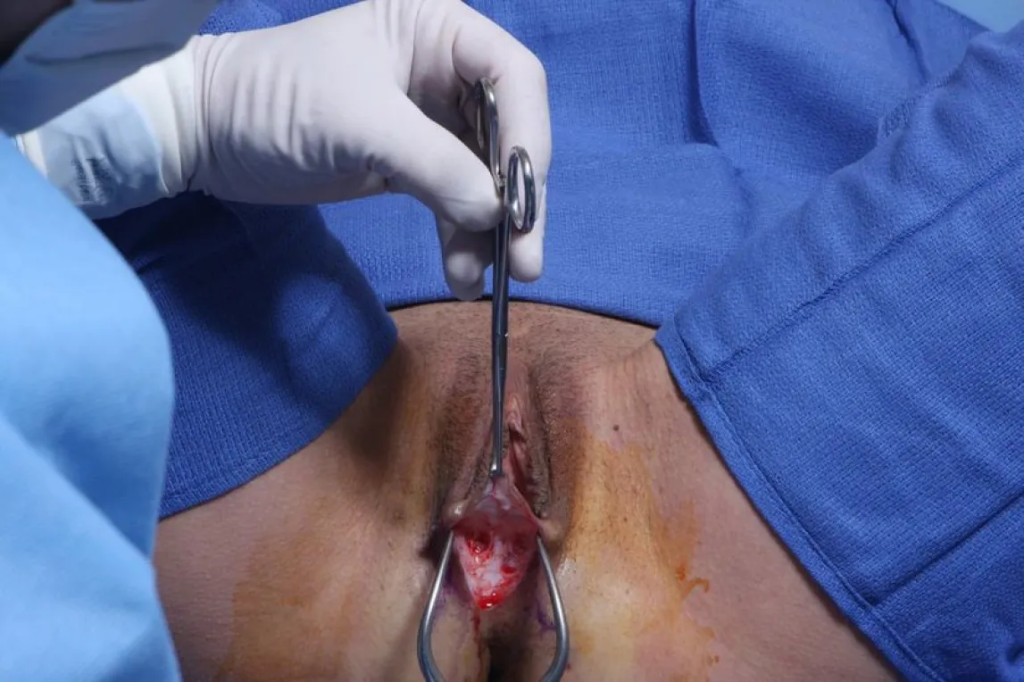Genital elegance surgery, usually called vaginal restoration or aesthetic genital techniques, is a branch of plastic surgery that centers on enhancing the appearance and purpose of the feminine genital area. This section of plastic surgery has obtained reputation in recent years as more girls find choices to handle problems linked to appearance, comfort, or functionality. The procedures may include a selection of interventions, such as for instance labiaplasty, vaginoplasty, clitoral hood reduction, and hymenoplasty, among others. It’s essential to note that while these surgeries fall underneath the umbrella of “natural splendor,” they are frequently conducted for various causes, including medical, psychological, or just personal preferences.
Labiaplasty, one of many more common techniques, involves adjusting the size or shape of the labia minora or majora to deal with problems such as for example discomfort, asymmetry, or dissatisfaction with appearance. Vaginoplasty, on one other hand, was created to tighten the genital canal, on average after childbirth, trying to enhance sexual pleasure and address problems related to laxity. Clitoral cover reduction is centered on reshaping the tissue around the clitoris, and hymenoplasty requires reconstructing the hymen, often for ethnic or personal reasons.
The decision to undergo vaginal elegance surgery is profoundly particular, and persons consider these techniques for a number of reasons. Some women might be determined by cosmetic considerations, attempting to increase their assurance and sense more comfortable in their very own bodies. The others may find these procedures to deal with practical or medical issues, such as vexation during physical activities or sexual intercourse.
It is vital for persons contemplating vaginal elegance surgery to participate in complete consultations with qualified and experienced surgeons who focus in these procedures. Over these consultations, people can discuss their motivations, expectations, and any issues they may have. An experienced physician may measure the individual’s distinctive anatomy, discuss the available options, and provide reasonable objectives regarding outcomes.
The healing process following natural splendor surgery varies depending on the certain treatment performed. Individuals should follow post-operative care directions given by their surgeon diligently. These directions generally include guidelines for health, task restrictions, and any necessary medications. It’s necessary to note that the recovery method may require short-term disquiet, swelling, and bruising, which are standard aspects of the healing journey.
Natural splendor surgery has started conversations bordering human anatomy autonomy, empowerment, and destigmatization of discussions linked to female genitalia. Advocates disagree that providing girls with choices regarding their bodies, including artistic procedures, contributes to a broader knowledge of self-expression and well-being. But, it’s similarly important to accept the potential honest considerations and societal impacts which could influence an individual’s decision to follow such surgeries.
Just like any cosmetic technique, it is vital to consider the possible dangers and advantages of vaginal splendor surgery. Problems may contain illness, scarring, and عمل زیبایی واژن in sensation. Additionally, handling expectations is vital, as the end result of the procedures ranges among individuals.

To conclude, oral elegance surgery represents a facet of contemporary plastic surgery that addresses the evolving views on woman genital appearance and function. It is essential for individuals contemplating these techniques to engage in open and straightforward discussions with qualified healthcare experts, ensuring that they produce informed decisions arranged with their particular goals and well-being. As societal attitudes continue to evolve, the subject of natural elegance surgery remains energetic, prompting constant discussions about power, selection, and individualized care.
